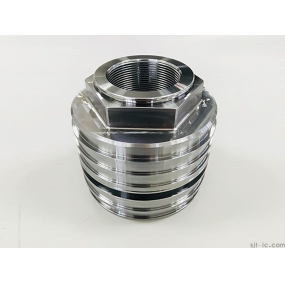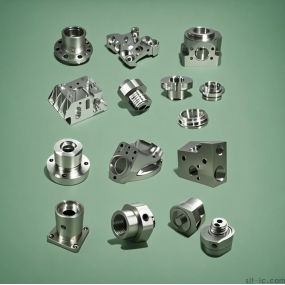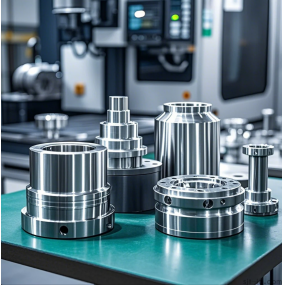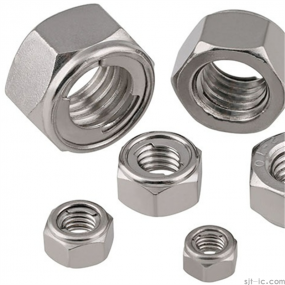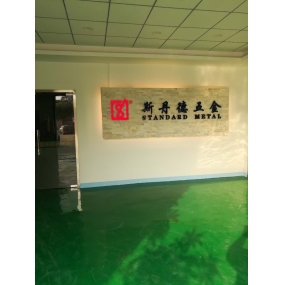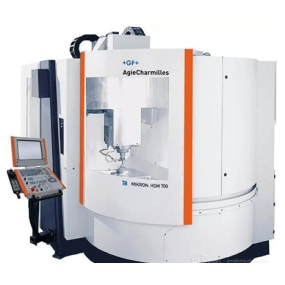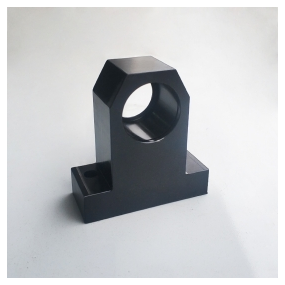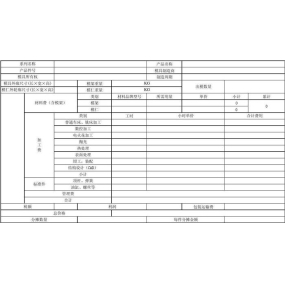Five axis CNC Machining is a high-precision and high-efficiency machining method, but if some key factors are not taken into account, unnecessary machining problems may occur. Here are some methods to avoid unnecessary machining problems: 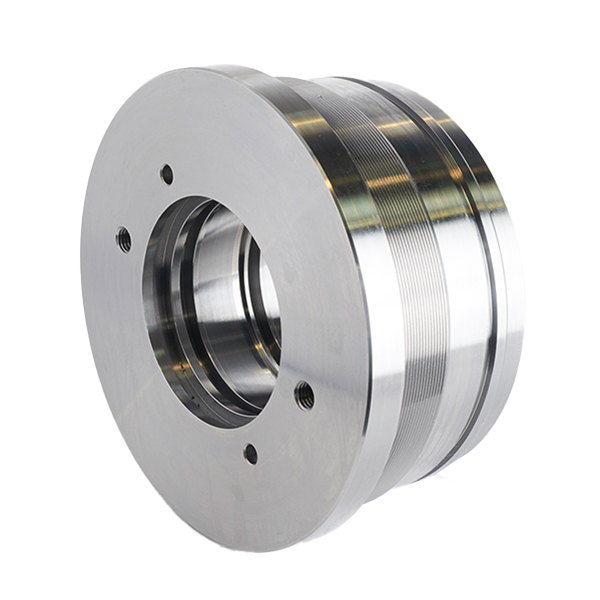 ① Reasonable programming and path planning: Use professional CAM software to ensure the optimization of programming paths and reduce the number of tool cuts in and out. Avoid sharp corners or changes in depth to reduce stress concentration and mechanical impact on the tool. Reasonably set cutting parameters such as cutting speed, feed rate, and cutting depth based on the workpiece material and tool type Accurate fixtures and positioning: Use appropriate fixtures to ensure the stability and accuracy of the workpiece during the machining process. Regularly calibrate fixtures and machine tools to ensure positioning accuracy Tool selection and maintenance: Choose the appropriate tool type and material based on the workpiece material and processing requirements. Regularly check the wear of cutting tools and replace severely worn tools in a timely manner. Use coolant or lubricant to reduce tool temperature and friction, and extend tool life Machine tool maintenance and inspection: Regularly clean and maintain the machine tool to ensure the normal operation of all components. Check the accuracy and stability of the machine tool, such as the accuracy of components such as guide rails and spindles Monitoring and adjustment during the processing: Use online detection equipment to monitor the size, shape, and surface quality in real-time during the processing. Adjust cutting parameters or modify programming paths in a timely manner based on monitoring results to address potential issues Skills and training of operators: Operators should have rich experience and skills in CNC machining. Regularly train operators to improve their understanding and control ability of the machining process Improvement and compliance with process documents: Develop detailed process documents, including machining steps, cutting parameters, tool selection, etc. Operators should strictly follow the process documents to ensure the stability and consistency of the machining process.
① Reasonable programming and path planning: Use professional CAM software to ensure the optimization of programming paths and reduce the number of tool cuts in and out. Avoid sharp corners or changes in depth to reduce stress concentration and mechanical impact on the tool. Reasonably set cutting parameters such as cutting speed, feed rate, and cutting depth based on the workpiece material and tool type Accurate fixtures and positioning: Use appropriate fixtures to ensure the stability and accuracy of the workpiece during the machining process. Regularly calibrate fixtures and machine tools to ensure positioning accuracy Tool selection and maintenance: Choose the appropriate tool type and material based on the workpiece material and processing requirements. Regularly check the wear of cutting tools and replace severely worn tools in a timely manner. Use coolant or lubricant to reduce tool temperature and friction, and extend tool life Machine tool maintenance and inspection: Regularly clean and maintain the machine tool to ensure the normal operation of all components. Check the accuracy and stability of the machine tool, such as the accuracy of components such as guide rails and spindles Monitoring and adjustment during the processing: Use online detection equipment to monitor the size, shape, and surface quality in real-time during the processing. Adjust cutting parameters or modify programming paths in a timely manner based on monitoring results to address potential issues Skills and training of operators: Operators should have rich experience and skills in CNC machining. Regularly train operators to improve their understanding and control ability of the machining process Improvement and compliance with process documents: Develop detailed process documents, including machining steps, cutting parameters, tool selection, etc. Operators should strictly follow the process documents to ensure the stability and consistency of the machining process.
Hello! Welcome to EMAR's website!
 English
English » »
» »
 Spanish
Spanish Arabic
Arabic French
French Portuguese
Portuguese Belarusian
Belarusian Japanese
Japanese Russian
Russian Malay
Malay Icelandic
Icelandic Bulgarian
Bulgarian Azerbaijani
Azerbaijani Estonian
Estonian Irish
Irish Polish
Polish Persian
Persian Boolean
Boolean Danish
Danish German
German Filipino
Filipino Finnish
Finnish Korean
Korean Dutch
Dutch Galician
Galician Catalan
Catalan Czech
Czech Croatian
Croatian Latin
Latin Latvian
Latvian Romanian
Romanian Maltese
Maltese Macedonian
Macedonian Norwegian
Norwegian Swedish
Swedish Serbian
Serbian Slovak
Slovak Slovenian
Slovenian Swahili
Swahili Thai
Thai Turkish
Turkish Welsh
Welsh Urdu
Urdu Ukrainian
Ukrainian Greek
Greek Hungarian
Hungarian Italian
Italian Yiddish
Yiddish Indonesian
Indonesian Vietnamese
Vietnamese Haitian Creole
Haitian Creole Spanish Basque
Spanish Basque


